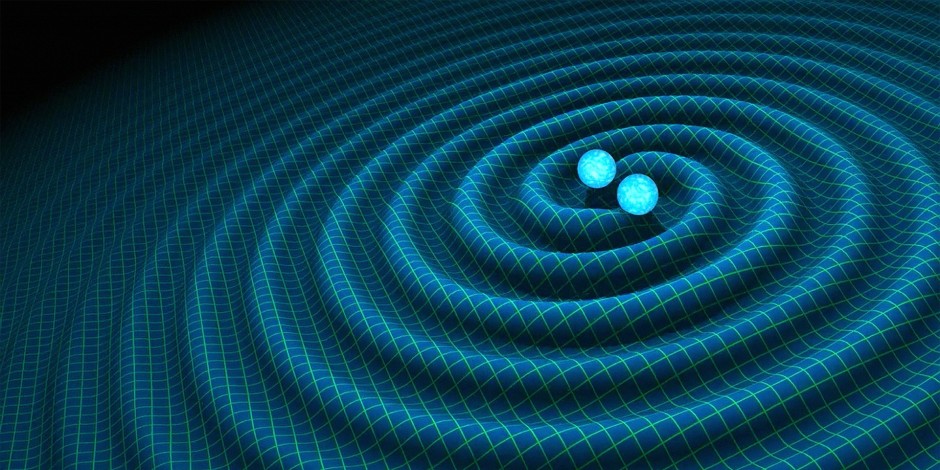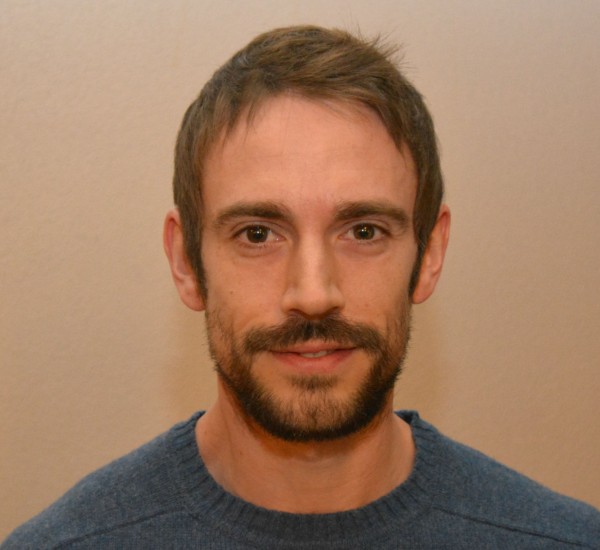When a dream comes true

When Antonio Gracia Berná was featured as PlanetS collaborator of February 2016 he wrote: „To me, there is a major discovery I’d like to see during my lifetime: the trustable detection and confirmation of the gravitational waves predicted by A. Einstein’s work.“ A very timely statement since on 11 February 2016 researchers affiliated with the Laser Interferometer Gravitational-Wave Observatory (LIGO) announced the discovery of gravitational waves.

Antonio Gracia Bernà, postdoc at the University of Bern and member of PlanetS. (Photo: Guido Schwarz)
PlanetS: Did the news in February for you qualify as „trustable detection and confirmation“, or do you still have doubts?
Antonio Gracia Berná: Yes, indeed. Sometimes such significant events that involve important implications should be carefully analyzed, revised and taken into consideration for further analysis, even when there exists an underlying scientific publication. After reading the paper and being aware of the more than 900 scientists from across the world that collaborate in this project, it seems that the results are firm.
Did you follow the media conference via internet? What were your feelings?
Several weeks prior to the official announcement, I saw on the internet that it seemed that the detection of gravitational waves had finally occurred. I followed the conference online and it was incredible to hear from LIGO scientists the confirmation of the detection and its implications.
Why is the confirmation of gravitational waves so important?
First, this detection confirms again and more consistently Einstein’s General Theory of Relativity. Massive objects like black holes warp space-time and this perturbation is transmitted in form of gravitational waves at the speed of light across the Universe passing through Galaxies and Stars.
Secondly, this way of receiving gravitational perturbations coming from far and cosmic events opens up a wide range of analyzing those phenomena. Up to now, electromagnetic waves had been the main medium to receive and study the information coming from such cosmic events, but now gravitational waves provide a new spectrum to listen to the early events coming from the Big Bang.
Finally, this is also a quite remarkable achievement from the engineering side. This implies the development of the technology needed to detect changes in length as tiny as a thousand the diameter of a proton caused by a gravitational wave coming from a 1.3 billion years journey, that began when two black holes collided. That is truly amazing.
What’s now – which other major discovery would you like to see in the next decades?
The next thing I would like to see during my lifetime is the discovery of some kind of life in the Universe.

